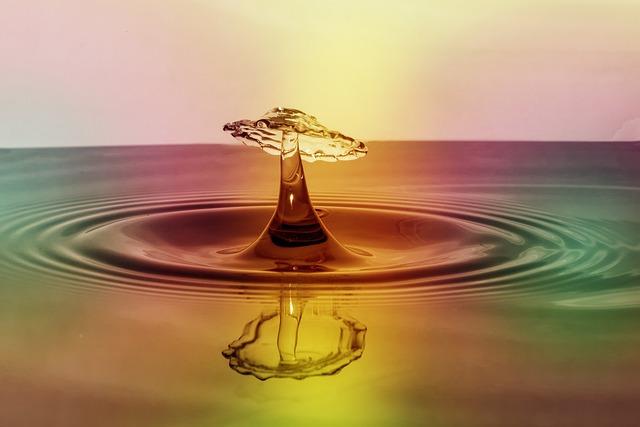In the grand tapestry of filmmaking, where actors bask in the limelight and directors are hailed as visionaries, there exists a quiet yet powerful force that shapes the very worlds we see on screen: the set designer. These unsung architects of imagination craft the environments that breathe life into stories, transforming words on a script into tangible realities. But in an industry that thrives on accolades, are set designers truly given the recognition they deserve for their intricate contributions? This article delves into the shadowed corners of cinematic creation, exploring the artistry and impact of set design, and questioning whether these creative maestros receive their due share of the spotlight.
Unsung Architects of Cinema: The Art of Set Design
The magic of movies often lies in the details, and one of the most critical yet overlooked elements is the work of the set designer. These creative visionaries transform scripts into tangible worlds, crafting environments that breathe life into stories. Whether it’s a futuristic cityscape or a quaint countryside, set designers meticulously construct each scene to reflect the film’s narrative, mood, and historical context. Their artistry goes beyond mere decoration; it’s about storytelling through space and creating a believable universe for both actors and audiences.
- Immersive Environments: The ability to transport viewers to another world, era, or reality.
- Attention to Detail: Every prop, color, and texture is chosen with purpose.
- Collaboration: Working closely with directors, cinematographers, and costume designers to ensure visual harmony.
Despite their pivotal role, set designers often remain in the shadows, their contributions unnoticed by many. Yet, without their expertise, the cinematic experience would lose much of its visual depth and authenticity.

Behind the Scenes: How Set Designers Shape the Narrative
Set designers play a pivotal role in storytelling by crafting environments that breathe life into narratives. Their work extends beyond mere decoration; they meticulously curate every element to reflect the film’s mood and themes. Colors, textures, and spatial arrangements are thoughtfully chosen to evoke emotions and convey unspoken messages. A dilapidated, dimly lit room can instantly communicate despair, while a vibrant, open space might symbolize hope or freedom.
- Visual Cues: Subtle hints within the set can foreshadow events or reveal character traits.
- Atmosphere Creation: The design can dictate the film’s tone, whether it’s suspenseful, whimsical, or melancholic.
- Historical Context: Authentic set pieces can transport viewers to a specific era, grounding the narrative in time and place.
Through these elements, set designers become silent narrators, guiding audiences on an immersive journey. Their contributions, often overlooked, are fundamental in shaping the visual storytelling that captivates and engages viewers.

Illuminating the Shadows: Recognizing Set Designers’ Impact
The art of set design often exists in the shadow of a film’s more visible elements, yet it is a cornerstone of cinematic storytelling. Set designers craft the environments that shape narratives and evoke emotions, transforming written scripts into visual reality. Their work goes beyond mere decoration; it is about creating spaces that breathe life into characters and plotlines, enhancing the viewer’s immersion in the story. Without the meticulous attention to detail provided by these artists, many films would lose their depth and authenticity.
Consider the following ways set designers contribute to a film’s success:
- Atmosphere Creation: They establish the mood and tone, whether it’s the eerie corridors of a haunted house or the bustling streets of a metropolis.
- Historical Accuracy: Their research ensures that period pieces are not only visually accurate but resonate with authenticity.
- Symbolism and Themes: Through color schemes and architectural styles, they subtly reinforce a film’s themes and symbolism.
Despite their profound impact, set designers often remain unsung heroes in the filmmaking process. Recognizing their contributions is essential for appreciating the full spectrum of creativity that goes into making a film.

Elevating Recognition: Strategies to Honor Set Designers
The art of set design often goes unnoticed, yet it forms the backbone of cinematic storytelling, crafting worlds that transport audiences into the heart of a film. To truly honor these creative visionaries, we can implement a variety of strategies to elevate their recognition.
- Industry Awards: Establishing dedicated categories for set design in prestigious film awards can shine a spotlight on their invaluable contributions.
- Behind-the-Scenes Features: Incorporating detailed explorations of set design processes in special features and documentaries can educate and engage audiences.
- Social Media Campaigns: Utilizing platforms like Instagram and Twitter to share visual stories and behind-the-scenes insights can amplify appreciation.
By embracing these strategies, we can foster a deeper appreciation for the artistry and dedication that set designers bring to the silver screen.

